Product
John Borras Tan Memory Card Library
-
Tauira / Student
John Borras Tan -
Kaiako / Lecturers
George Hajian, David Sinfield
-
School
AUT Art + Design 2025
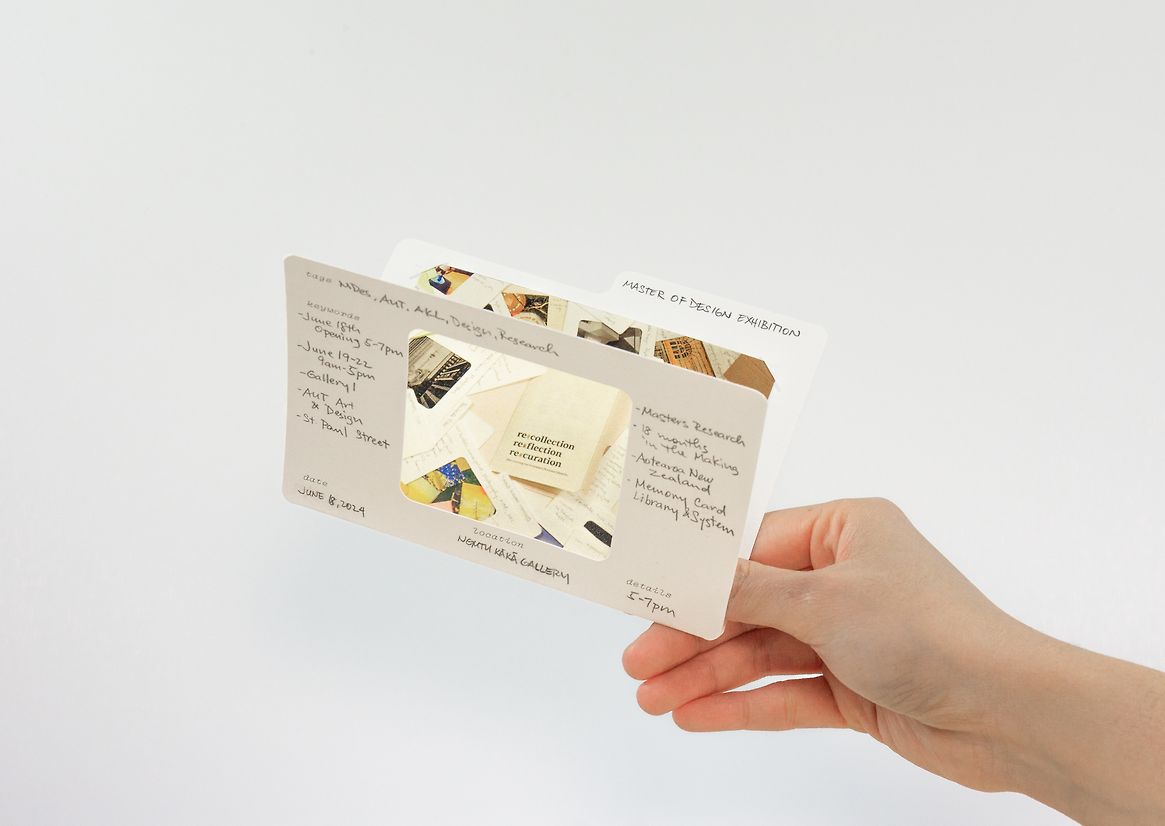
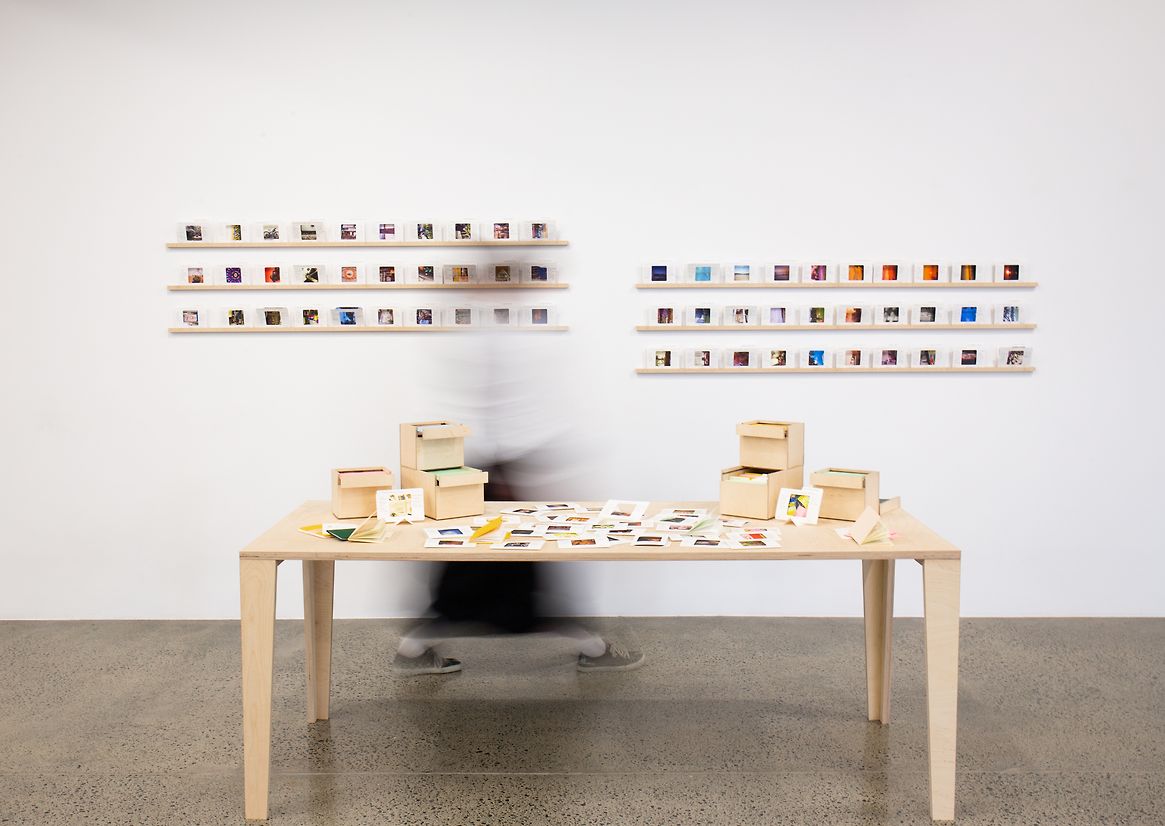
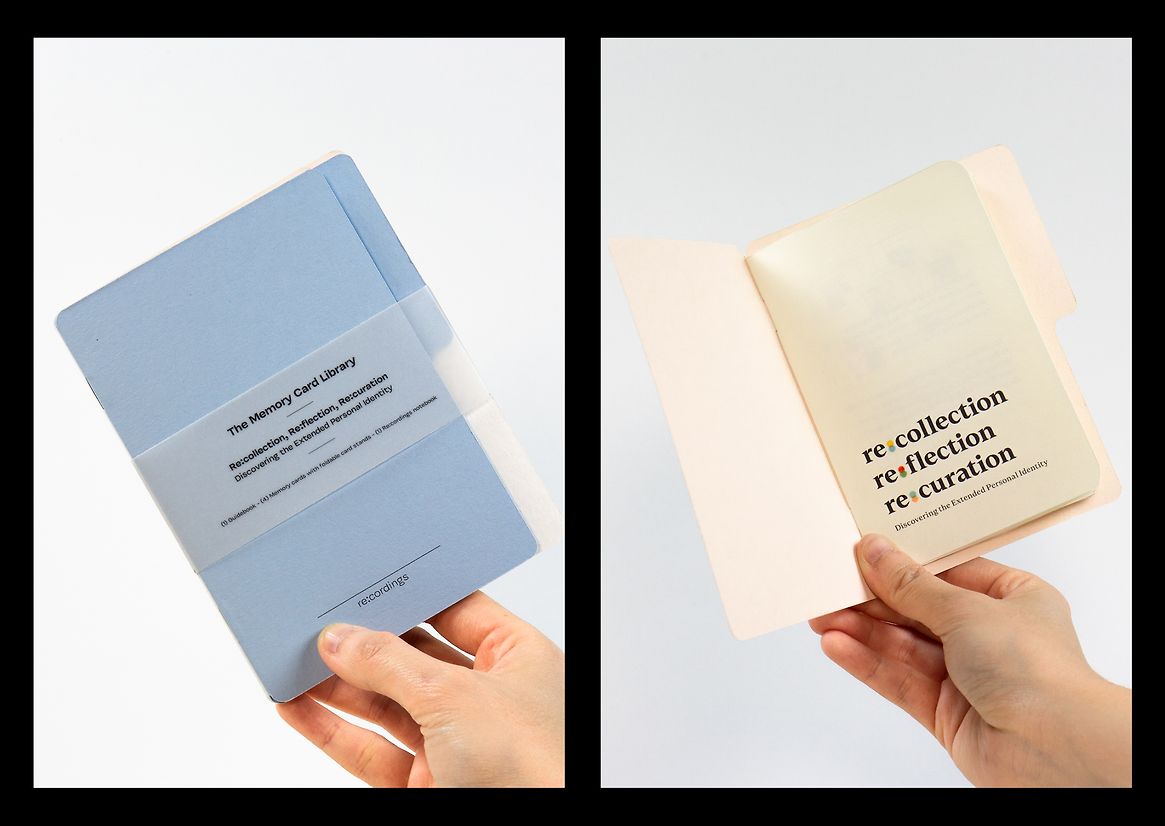
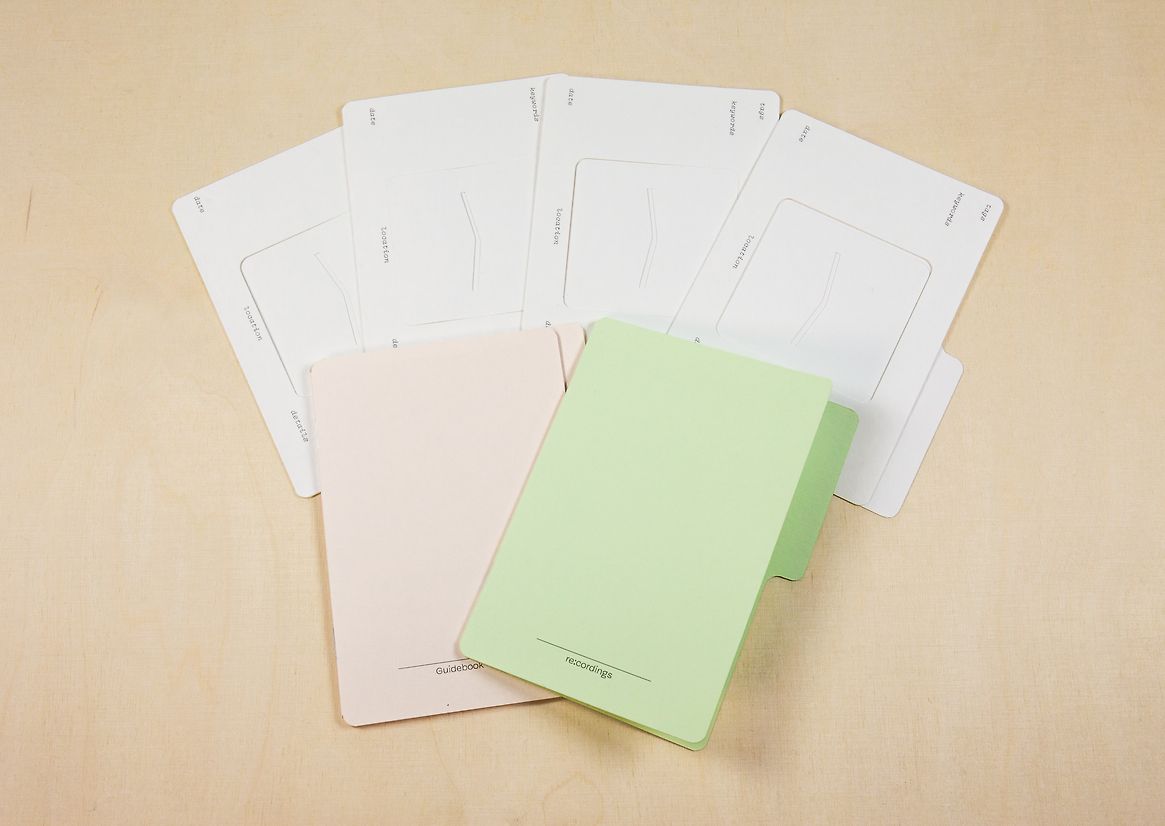
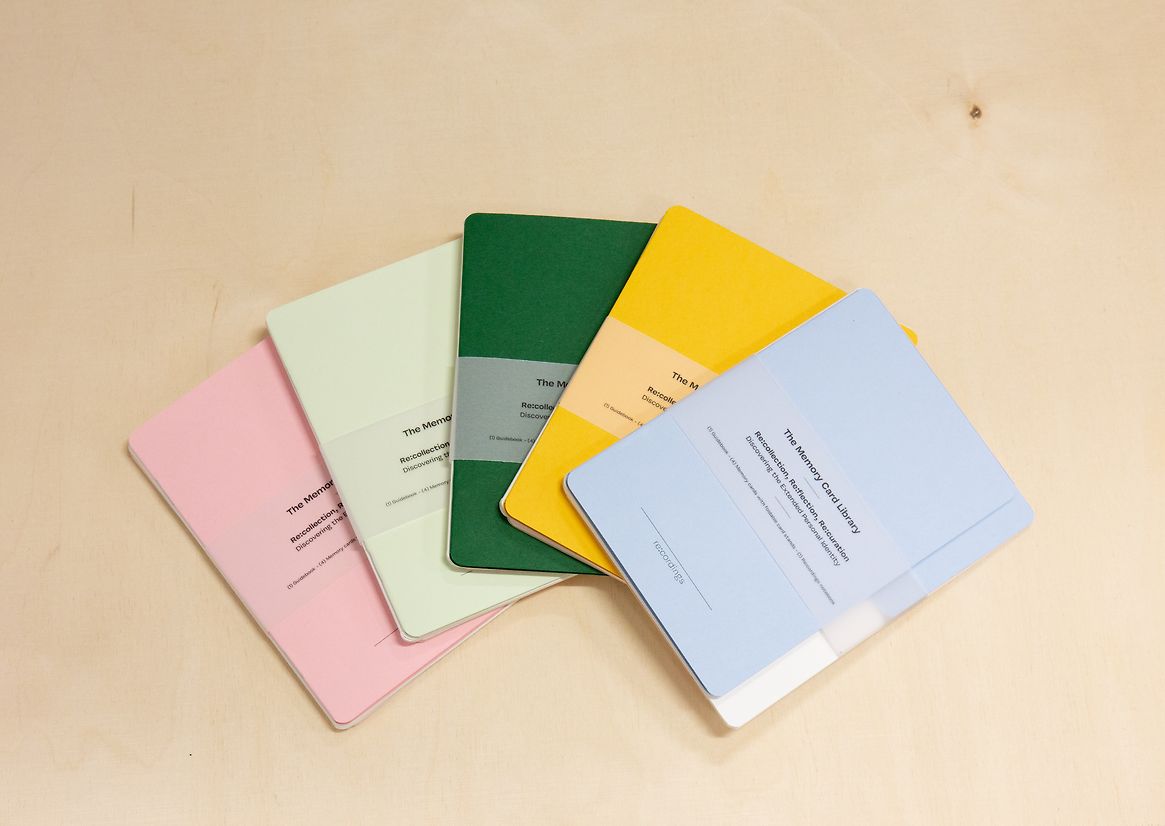
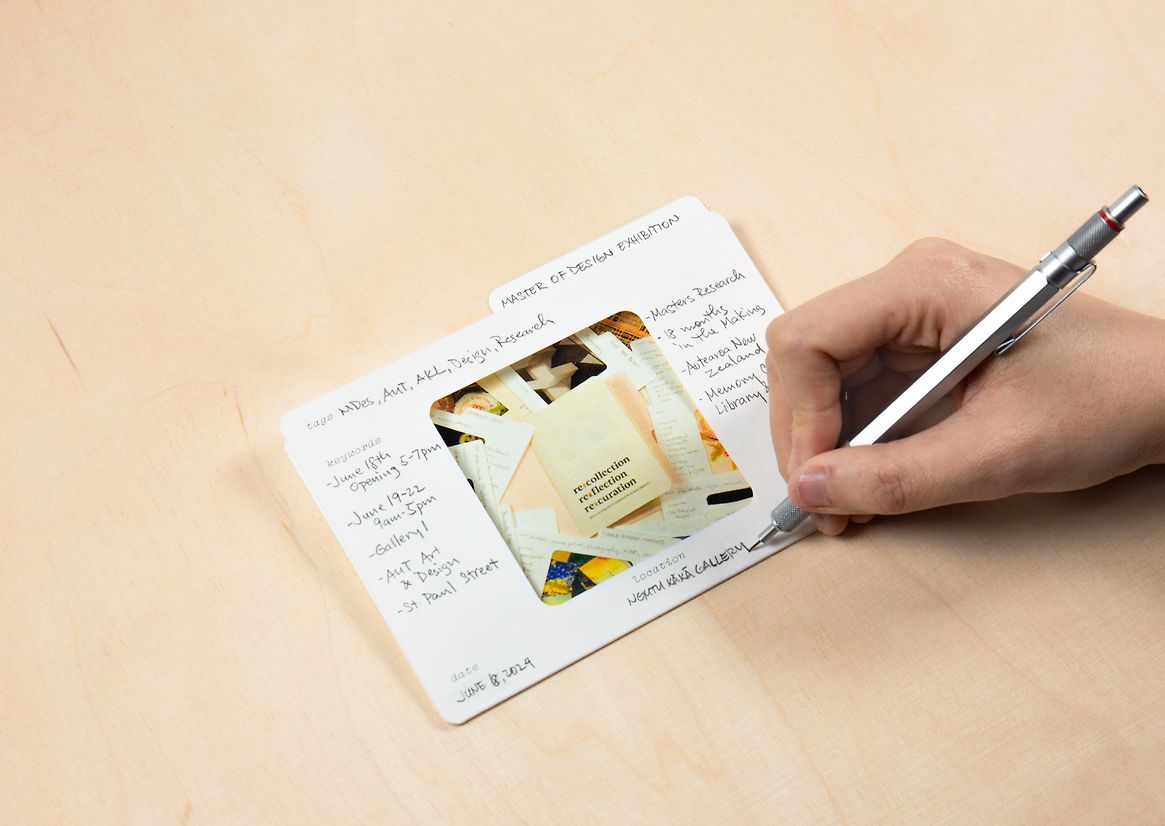
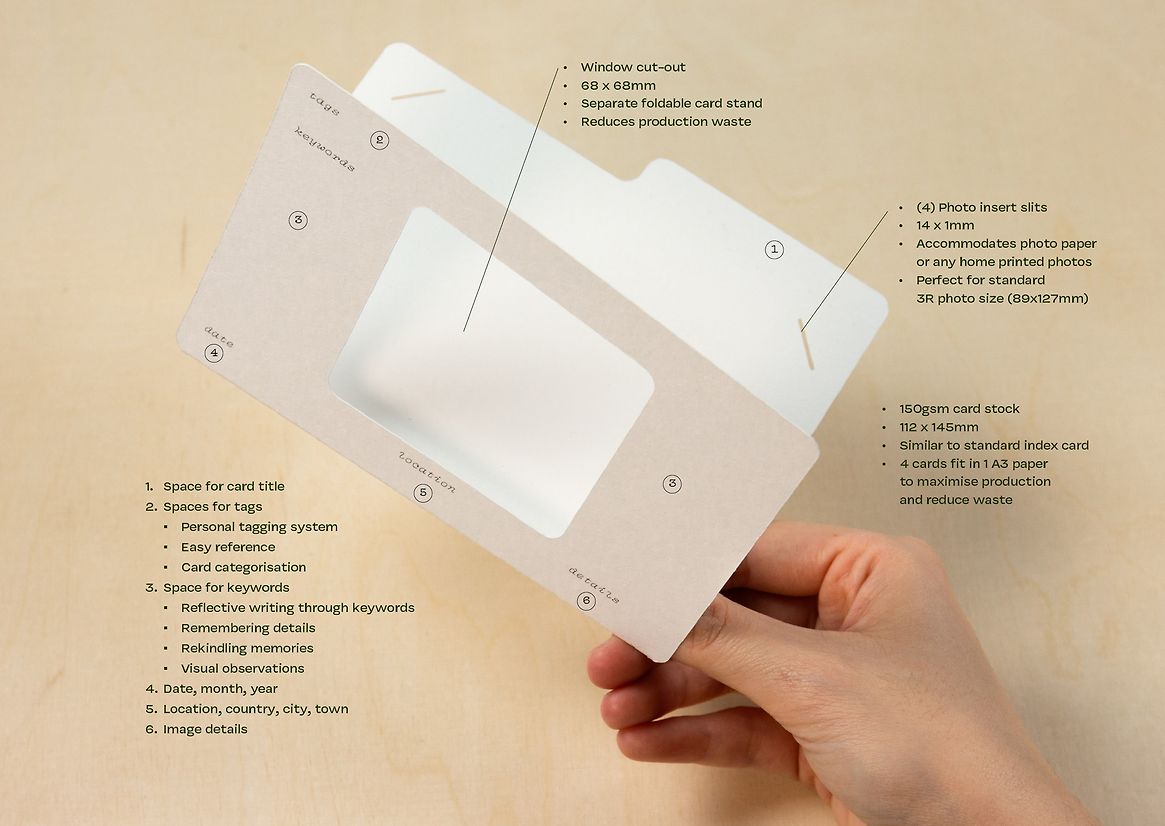
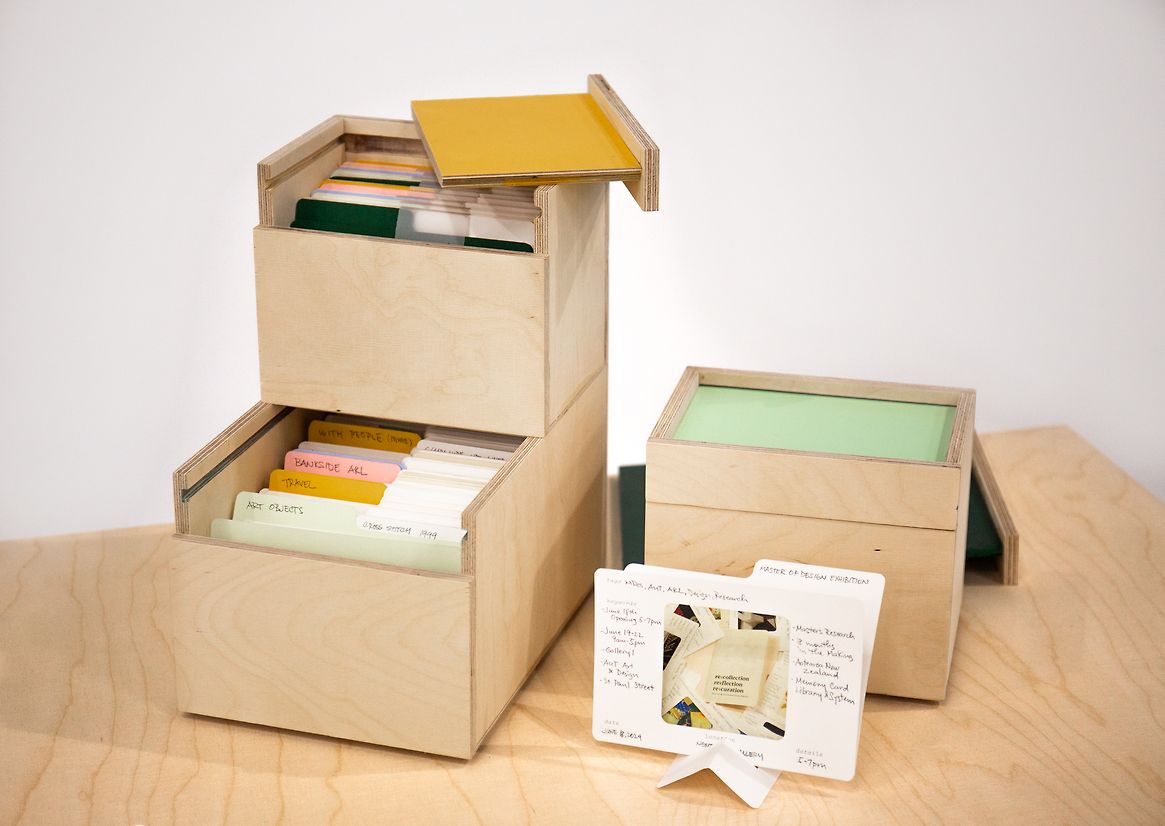
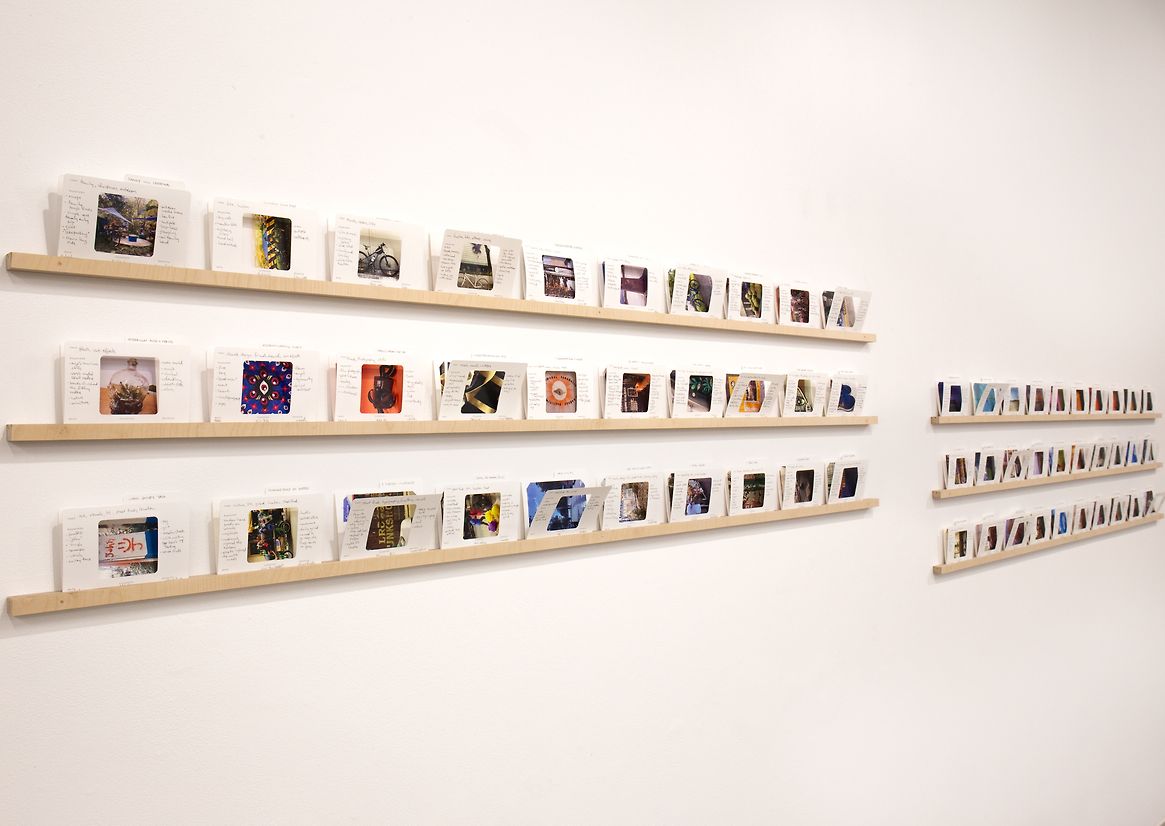
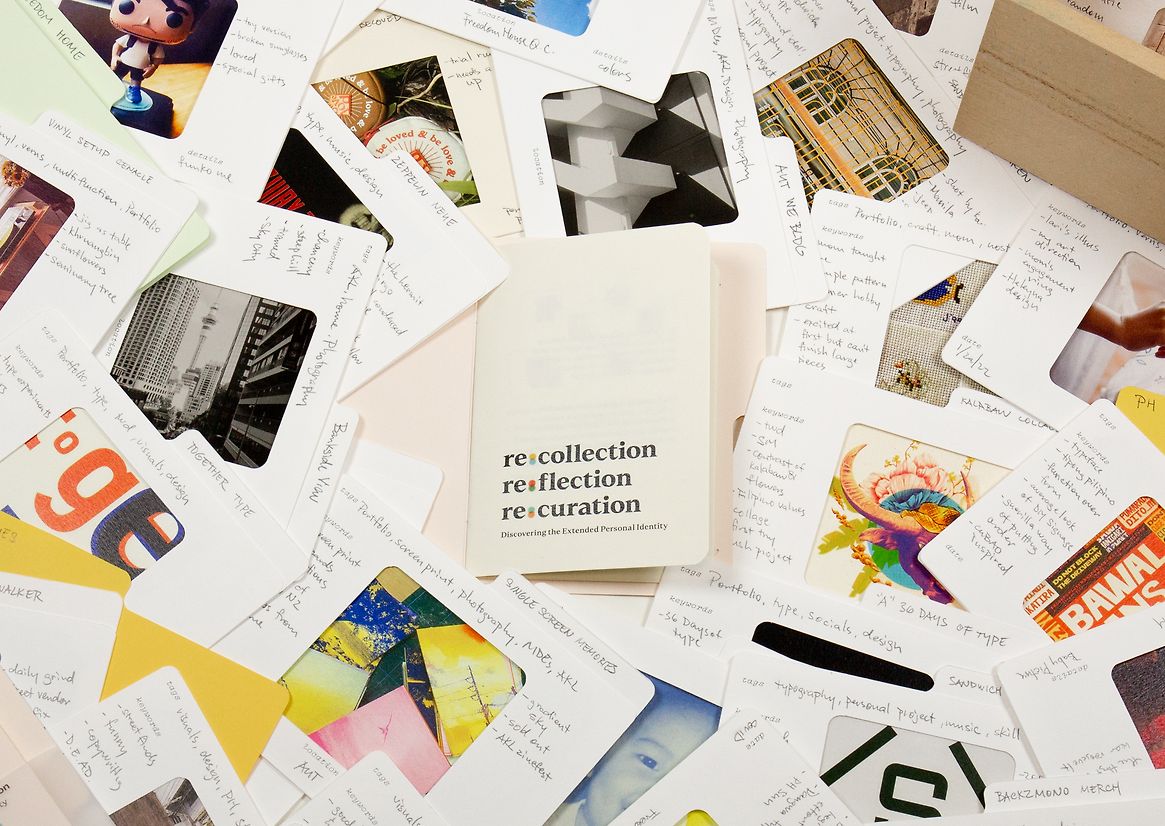
Description:
Being your authentic self while becoming a personal brand is counter-intuitive. A brand focuses on commercial values, targeting profit and market differentiation, while being genuine; truly oneself is personal, complex, and inward. This contradiction is the personal brand paradox—as one pursues becoming a brand, it takes away the earnest nuances of one’s self and humanity.
My design research explores this paradox by examining the boundaries between self and personal brand. It aims to develop an extended personal identity that prioritizes self-expression and genuine connection over commercial gain.
The Memory Card Library is a collection of introspected memories, an archive of reflected moments, or a record of catalogued facets of oneself. It is an open and flexible system that encourages users to follow the methods—re:collection, re:flection, and re:curation. This exercise of self-awareness helps organise, cherish, and study various aspects of life and experiences through an extended personal identity.
Creating the Memory Card Library starts by rekindling and recalling one’s past through old photographs, digital media files, or belongings. Sifting through these memories, the aim is to collect specific moments that they deeply connect and identify with.
Printing out these selected memories, inserting them into the memory card, and handwriting reflections add more value and permanence to those handpicked aspects of oneself. Creating titles for each card and developing a tagging system further organises these detailed facets.
Using the Memory Card Library, one can then curate memory cards for a specific intention or purpose. With the help of the re:cordings notebook, reflections and insights about the chosen set of cards can be noted. The same notebook can then be used as a divider to reorganise the cards in the library.
The Memory Card Library is a combination of the old and new ways of cataloguing our memories. The format of the cards takes inspiration from the old index cards used by libraries and museums. The folded card size is close to the standard 4x6-inch index card, while the photo inserts are cut to secure the standard 3R (89x127mm) printed photos. To provide an open prompt, parts of the card are labelled with tags, keywords, date, location, and details. These labels are mere suggestions for what will be written for one’s reflections.
As part of the Memory Card system, I created Memory Boxes to keep the Memory Card Library safe. The boxes are stackable and made in two sizes to allow flexibility as one slowly grows their library. The box's top cover matches the notebooks' colours to maintain product consistency and while suggesting a personal colour system if the need arises.
In a time where digital media, social networks, and artificial intelligence are prevalent, we lose our individuality by mindlessly swiping through other people’s generated content. The convenience of digitally recording every moment of our lives does not equate to capturing meaningful memories. The Memory Card Library encourages you to look inward and discover your identity in a more intentional and introspective way.
Judge's comments:
The judges commented on the surprising and sophisticated reappropriation of a part of our lives that has been consumed by digital technology and become somehow less accessible through its infiniteness and loss of tactility.